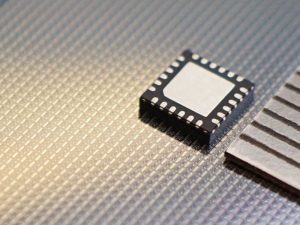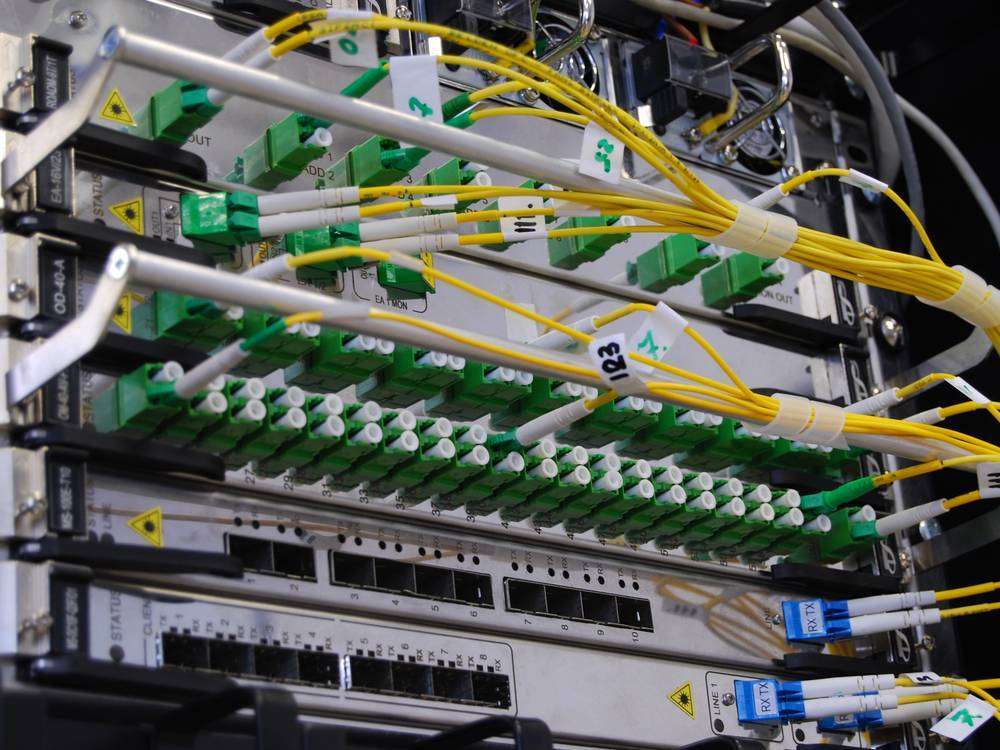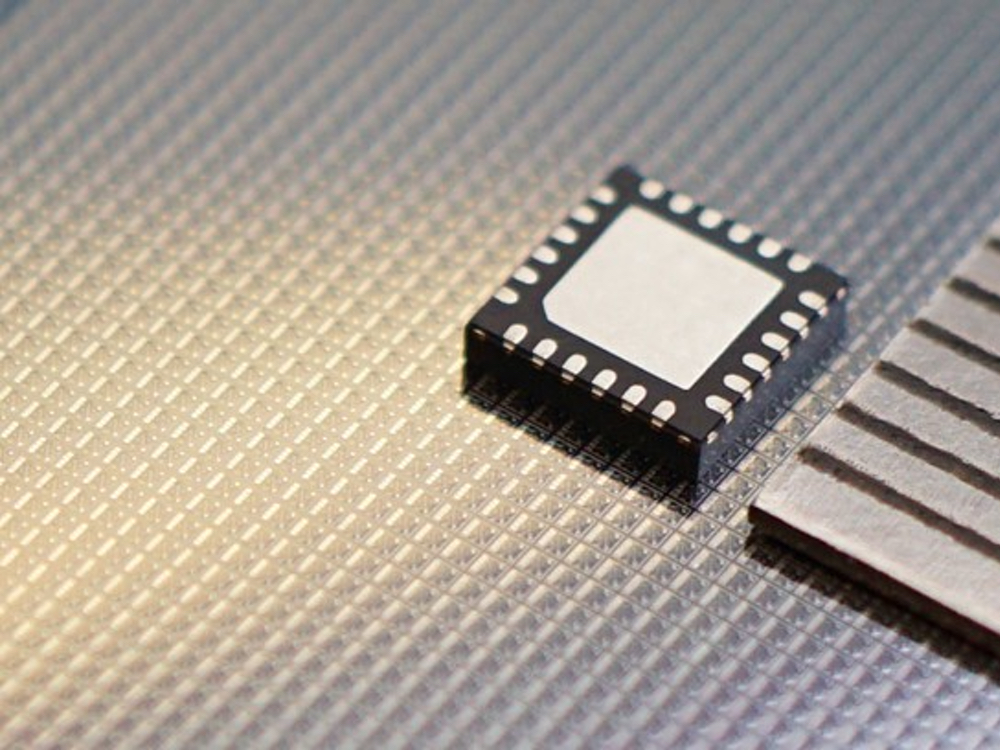What To Know
- The Epoch Platform sets a new standard for performance and reliability by providing up to two times better performance, nine times smaller size, and three times less power in applications like datacenter switches and routers, 5G base stations, and core infrastructures.
- “As the world embraces next-gen technologies, like the explosion of AI, the reinvention of the cloud data center, and high speed 5G/6G cellular networks, advanced circuit and network timing solutions have become critical in ensuring performance, fault tolerance and reliability,” said Dave Altavilla, co-founder, president and principal analyst at HotTech Vision &.
We are looking at a 21st century of semiconductors and the conflicts to emerge as key players to power and command the world. The likes of TSMC and SMIC, and “fabless” players that design the next generation CPUs and GPUs, seem to dominate the media. However, electronics are not just about CPUs and GPUs, but much more. For example, precision timing plays an important role in system performance and reliability, especially when it comes to critical infrastructure such as AI computing platforms, 5G base stations, and cloud datacenters. A key contender such as SiTime has launched its MEMS-based Epoch Platform that hopes to upset and disrupt old technologies to redefine industry standards. Read more below.
SINGAPORE – The precision timing company SiTime Corporation (NASDAQ: SITM) announced the SiTime Epoch Platform™ today, slated to solve the most complicated timing problems in electronics and shake up century-old quartz-based technology. The SiTime Epoch Platform is a MEMS-based oven-controlled oscillator (OCXO) that gives datacenter and network infrastructure devices a very stable clock. This potentially addresses a US$2 billion served addressable market (SAM) over the next ten years. Epoch technology may be used in aerospace, defense, industrial controls, and more.
“The release of the Epoch Platform is a pivotal moment for SiTime and the electronics industry,” said Rajesh Vashist, CEO and chairman of SiTime. “For many years, customers lived with the shortcomings of existing timing technologies because there were no viable alternatives. They compromised on real-world performance, reliability and power, to name just a few. SiTime’s Epoch Platform changes the game, delivering higher performance and reliability with lower power that was unavailable until now. These benefits are the result of a half-decade of engineering investment and a systems-based development approach that combines MEMS, analog, packaging and algorithms. Epoch, along with new products introduced since 2020, with more to come, will expand our communications and enterprise annual SAM to $1.3 billion by 2024. We believe precision timing will be a catalyst for innovation in all electronics and will drive our future success.”
Timing must be accurate for a network to work well and be reliable. All of the network’s nodes must be synchronized on the same time. For example, in a 5G network, all of the nodes must always be in line within hundreds of nanoseconds, which is 10 times stricter than 4G. Even if the network goes down, this synchronization must be kept. The Epoch Platform sets a new standard for performance and reliability by providing up to two times better performance, nine times smaller size, and three times less power in applications like datacenter switches and routers, 5G base stations, and core infrastructures.
“As the world embraces next-gen technologies, like the explosion of AI, the reinvention of the cloud data center, and high speed 5G/6G cellular networks, advanced circuit and network timing solutions have become critical in ensuring performance, fault tolerance and reliability,” said Dave Altavilla, co-founder, president and principal analyst at HotTech Vision & Analysis. “AI is the most disruptive, transformative technology innovation in decades, perhaps even in the last century. The high-bandwidth, low-latency data center infrastructure needed to support AI will require robust precision timing for critical wired and wireless network connectivity. Furthermore, these technologies will also be deployed at the edge and in the field, where tough environmental conditions will require more ruggedness and higher reliability than ever before.”
SiTime Epoch Platform for better Holdover and Continuity
A network that is synchronized uses multiple, independent sources of time to make sure that it works all the time. One of these sources is an ultra-stable local oscillator, usually an OCXO, which will “holdover” the network and make sure it keeps running even if other time sources are affected.
But older quartz OCXOs aren’t very stable and can lose performance when exposed to things like temperature changes and vibration. Up until now, companies that make electronics had to make trade-offs in real-world speed, reliability, size, power, and warm-up time to get the one thing that an OCXO did: provide a stable clock reference.
SiTime’s Epoch Platform endures even stressful environments with a holdover time that is two times longer compared to older technologies, allowing telecom and cloud service companies to provide service continuity in real-world conditions.
SiTime Epoch Platform’s Key Features include: Any frequency between 10 MHz and 220 MHz can be programmed with an accuracy of up to 6 decimal places; 8 hours of holdover, and up to 12 hours with aging compensation; ±1, ±3, ±5 ppb frequency stability over temperature; operating between -40°C to +95°C; operating supply voltages of 2.5, 2.8, and 3.3; 3X lower power: 420 mW; 3X better ADEV under airflow: 5e-12 at 10 seconds averaging time; 3X lower aging: ±0.08 ppb/day; 2X faster time to stability @ 60 seconds; 9X smaller, 3X lower: 9 mm x 7 mm x 3.73 mm; and digital control with 5E-14 resolution: I2C and SPI interfaces.
Qualified customers can get engineering samples of the SiT58xx Epoch Platform now while general samples will be available from October 2023 onwards. SiTime is expecting volume production in early 2024.
###

Microwire.news (aka microwire.info) is a content outreach and amplification platform for news, events, brief product and service reviews, commentaries, and analyses in the relevant industries. Part of McGallen & Bolden Group initiative. Copyrights belong to the respective authors/owners and the news service is not responsible for the content presented.













